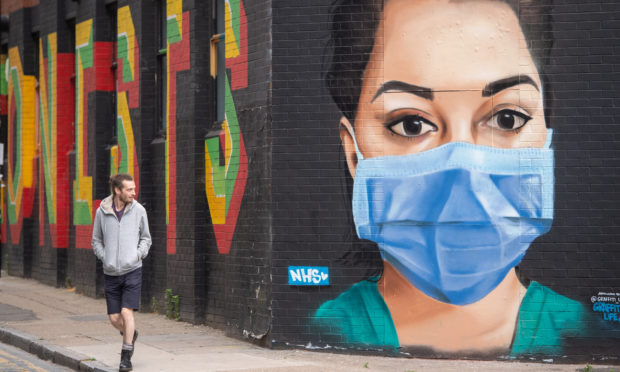
An increasing number of nursing staff are thinking of leaving the profession, with many citing pay as a reason, a poll suggests.
A survey of 41,798 UK nursing staff by the Royal College of Nursing (RCN) found 73% said higher pay would make them feel more valued.
More than one in three (36%) are thinking of leaving their job, up from 27% in a similar poll at the end of last year.
Of those thinking of leaving, 61% cited pay as a factor.
Other factors included the way nursing staff have been treated during the Covid-19 pandemic (44%), low staffing levels (43%), and lack of management support (42%).
The RCN said the findings are alarming given there were around 40,000 nursing vacancies in England’s NHS before the pandemic even started.
RCN chief executive Dame Donna Kinnair said: “The responses from our members working in all sectors reveal how their professional lives have been changed by the pandemic.
“Existing tensions have been exacerbated by the pandemic. Earlier sticking plasters are no longer covering gaping holes.
“The Government must take steps to retain the nursing staff we have, as well as to increase entry into the profession.
“Investment in staffing and pay is about both patient safety and the health of our workers.
“That is how to strengthen all NHS and care services to help keep patients safe.”
Of all those surveyed, 93% were registered nurses, health visitors or midwives, 1% were nursing associates and 5% nursing support workers.
Some 73% worked in the NHS, while others worked in social care and independent sector providers (8%), GP practices (7%), as well as prisons, local authorities, education and the armed forces.
Unison head of health Sara Gorton said: “Nurses along with other health workers have dealt with huge challenges during the pandemic.
“Even with the drive and commitment they’ve shown, it’s understandable many feel undervalued and some may consider enough’s enough.
“That’s why it’s more important than ever the Government recognises their efforts and helps to hold on to experienced nurses.
“They can do that by giving all NHS staff the fair and early pay rise health unions and the public are calling for.”

Enjoy the convenience of having The Sunday Post delivered as a digital ePaper straight to your smartphone, tablet or computer.
Subscribe for only £5.49 a month and enjoy all the benefits of the printed paper as a digital replica.
Subscribe